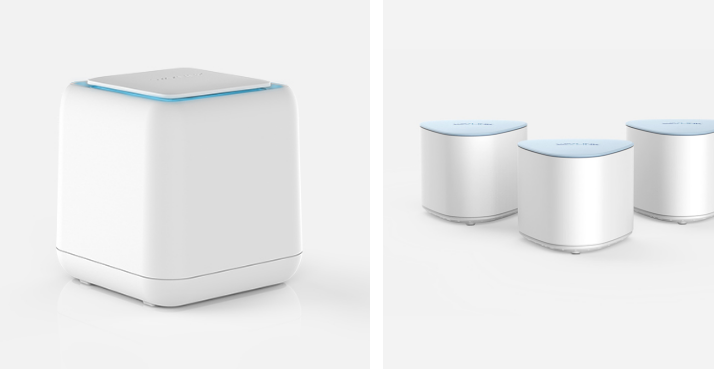When contemplating the reasons for upgrading your router, it’s essential to grasp the nuances between different Wi-Fi technologies. In this article, we will delve into the key differences between dual-band and 5 GHz Wi-Fi, shedding light on Why upgrade router might be a wise decision.
Dual-Band Wi-Fi: Dual-band Wi-Fi, as the name suggests, operates on two different frequency bands simultaneously: the 2.4 GHz band and the 5 GHz band. This dual-band capability is a significant advantage when it comes to optimizing your wireless network.
- Frequency Bands: The primary distinction of dual-band Wi-Fi is its ability to work on both the 2.4 GHz and 5 GHz frequency bands. This versatility allows for better management of network traffic and devices.
- Coverage vs. Speed: The 2.4 GHz band provides broader coverage and better penetration through walls and obstacles. It’s ideal for devices that are located farther from the router and need a stable connection. On the other hand, the 5 GHz band offers faster data rates but has a shorter range. It’s best suited for high-bandwidth activities like streaming and online gaming.
- Device Allocation: With a dual-band router, you have the flexibility to allocate devices to the most appropriate band based on their specific requirements. For instance, older devices or those that need a longer range can be connected to the 2.4 GHz band, while newer devices that demand high-speed connections can utilize the 5 GHz band.

5 GHz Wi-Fi: 5 GHz Wi-Fi, on the other hand, refers to a single-band network that operates exclusively on the 5 GHz frequency. While it lacks the versatility of dual-band Wi-Fi, it has its own set of advantages.
- Higher Speeds: The 5 GHz band offers faster data rates compared to the 2.4 GHz band. This makes it perfect for tasks that demand high bandwidth, such as streaming 4K videos or online gaming.
- Less Interference: The 5 GHz band is less congested than the 2.4 GHz band, as fewer devices operate on this frequency. This results in reduced interference and a more stable connection.
- Shorter Range: One limitation of the 5 GHz band is its shorter effective range. Its higher frequency signals are less effective at penetrating walls and obstacles, which means it may not provide adequate coverage in larger spaces.
Why Upgrade Your Router? Now, let’s explore why upgrading your router is a worthwhile consideration:
- Device Proliferation: In the modern home, the number of connected devices continues to grow. Upgrading to a dual-band or tri-band router allows for efficient distribution of devices across different bands, reducing congestion and improving overall network performance.
- Bandwidth Demands: Consider the specific needs of your devices. Devices that require high bandwidth, such as 4K streaming devices or gaming consoles, can benefit from the 5 GHz band, while devices with lower bandwidth demands can be assigned to the 2.4 GHz band.
- Interference Mitigation: Newer router models often come equipped with advanced interference mitigation technologies. These technologies can significantly enhance the stability and strength of your Wi-Fi network, particularly in areas with multiple nearby networks.
- Wi-Fi Standards: Router upgrades often coincide with the adoption of the latest Wi-Fi standards, such as Wi-Fi 6. These standards offer improved speed and efficiency, further boosting the strength and performance of your network.
In conclusion, understanding the differences between dual-band and 5 GHz Wi-Fi is essential when contemplating why you should upgrade your router. Both have their strengths and weaknesses, and the choice largely depends on your specific requirements and the demands of your network. Upgrading to a more advanced router with dual-band or tri-band capabilities, along with support for the latest Wi-Fi standards, can lead to a substantial improvement in the strength and performance of your wireless network, ensuring that it can meet the ever-growing connectivity needs of your home.